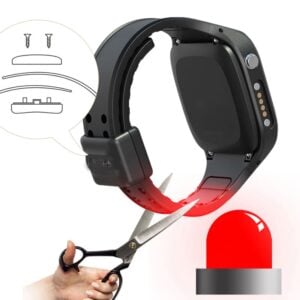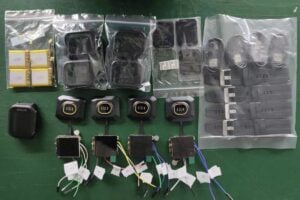LoRaWAN Temperature Sensors and Smart Wearables for Enhanced Oil & Gas Worker and Equipment Safety
In the oil and gas industry, ensuring the safety of workers and equipment is a critical challenge. By combining LoRaWAN temperature sensors und smart wearable technology, companies can achieve comprehensive safety monitoring that covers both equipment and personnel. This page explores how the advanced IoT solutions—temperature sensors for equipment and our wearables for worker health monitoring—offer a powerful, integrated safety system designed to tackle the unique challenges of oil and gas operations.
Inhaltsübersicht
Introduction: The Importance of Safety in Oil and Gas Operations with LoRaWAN Temperature Sensors and Wearables
Oil and gas operations face numerous safety challenges, ranging from hazardous environments to the need for constant monitoring of both equipment and personnel. LoRaWAN temperature sensors und intelligente Wearables have emerged as crucial technologies that provide real-time monitoring, enhancing safety and operational efficiency in this high-risk industry.
Overview of Safety Challenges: The oil and gas industry is characterized by hazardous environments, including extreme temperatures, toxic gases, and physically demanding tasks that require rigorous safety measures.
The Role of Temperature Sensors in Ensuring Equipment Safety: Temperature sensors are vital for monitoring critical equipment, pipelines, and storage tanks in real-time. They help detect changes in temperature early to prevent hazardous incidents, ensuring both operational efficiency and safety.
Wearable Technology for Worker Safety: Smart wearables, such as our J3 Smartwatch und intelligenter Helm, provide real-time health and safety monitoring for workers. These devices offer features like heart rate monitoring, SpO2 tracking, and emergency alerts, adding an essential layer of safety for personnel working in dangerous conditions.
Role of IoT in Modern Safety: The Internet of Things (IoT) is revolutionizing safety in the oil and gas industry by leveraging real-time data collection and management. Integrating LoRaWAN temperature sensors und intelligente Wearables offers a holistic approach to safety that covers both equipment and human health, enabling proactive and efficient safety management.
The Role of LoRaWAN Temperature Sensors in Oil and Gas Safety Systems
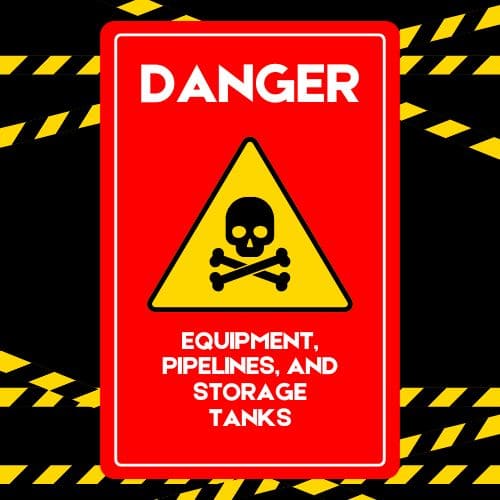
Monitoring Critical Conditions
Unter oil and gas operations, temperature monitoring is crucial for preventing hazardous incidents. LoRaWAN temperature sensors offer a reliable way to monitor equipment, pipelines, and storage tanks for temperature changes that could indicate potential failures or dangerous conditions. Continuous monitoring helps detect anomalies early, allowing for prompt maintenance and preventing costly or dangerous incidents.

Reliability of LoRaWAN Sensors
LoRaWAN temperature sensors are particularly well-suited for the oil and gas industry due to their long-range connectivity, cost-efficiency, and ability to provide real-time data even in remote areas. Their low power consumption ensures long-lasting operation, reducing the need for frequent maintenance. The use of LoRaWAN networks also enables these sensors to transmit data over long distances, making them ideal for large-scale oil and gas operations.

Common Use Cases
In oil and gas operations, temperature sensors are deployed in several critical areas:
- Pipeline Integrity Monitoring: Temperature sensors are used to monitor the integrity of pipelines, ensuring that temperatures remain within safe limits to prevent leaks or ruptures.
- Storage Tanks: Monitoring the temperature of storage tanks helps ensure the stability of hazardous materials and prevents temperature-related risks.
- Equipment Monitoring: Sensors are also used to monitor the temperature of essential equipment, allowing for proactive maintenance and preventing overheating or equipment failure.
Popular Temperature Sensors in the Market
Below are some of the commonly used LoRaWAN temperature sensors in the oil and gas industry
Dragino LHT65 Temperature and Humidity Sensor
This sensor is known for its reliability and long battery life. It is ideal for use in monitoring environmental conditions in remote locations.
Milesight EM300-TH
This sensor is compact, easy to deploy, and provides accurate temperature and humidity readings. It is often used for pipeline monitoring and storage facilities.
Elsys ELT-2-HP
A versatile sensor that can measure temperature, humidity, and other environmental parameters. It is well-suited for both indoor and outdoor use, making it an excellent choice for oil and gas applications.
Decentlab DL-IAM
This industrial-grade sensor offers high precision and is designed for demanding environments like oil and gas sites. It provides accurate real-time data, helping prevent equipment failure and ensuring safety.
The Role of Smart Wearables in Oil and Gas Worker Safety
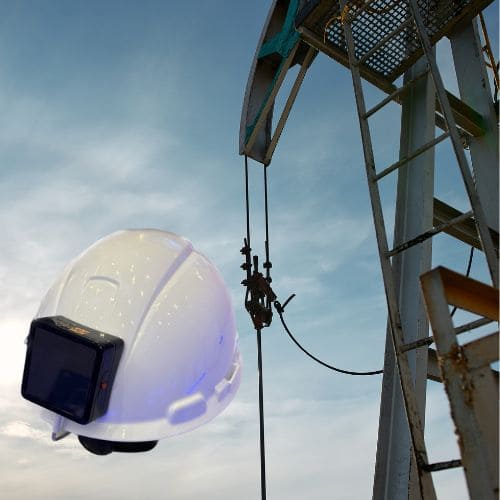
Überwachung von Gesundheit und Sicherheit
In the challenging environment of oil and gas operations, worker safety is paramount. Our J3 Smartwatch und intelligenter Helm are specifically designed to meet the demands of this industry, providing continuous monitoring and protection for workers in hazardous conditions. The J3 Smartwatch offers advanced health monitoring, while the intelligenter Helm provides additional safety features tailored for high-risk situations.
Real-Time Worker Monitoring
Die J3 Smartwatch is equipped with several key health monitoring features that are essential for maintaining worker safety in oil and gas settings. It continuously tracks SpO2-Werte (blood oxygen), Herzfrequenz, Körpertemperaturund fatigue levels. These health metrics are crucial in identifying early signs of health issues such as fatigue, heat stress, or oxygen deprivation, which can lead to serious accidents if left unchecked. Real-time data transmission via LoRaWAN connectivity ensures that safety supervisors are informed immediately, allowing them to take swift action when necessary.
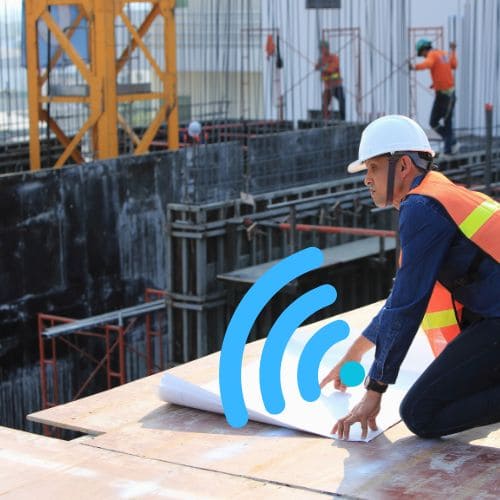
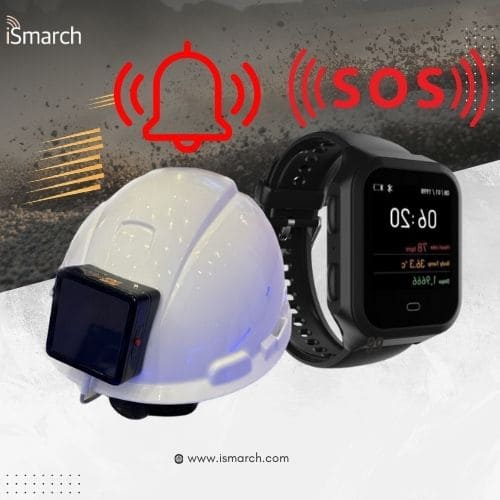
Emergency Response Features
Unser J3 Smartwatch und intelligenter Helm are equipped with multiple emergency response capabilities to enhance worker safety. The SOS-Funktion allows workers to send an instant alert in case of emergencies, ensuring that help can be dispatched quickly. The Sturzerkennung feature of smart helmet is particularly important for oil and gas workers operating at heights or in isolated areas, as it automatically notifies supervisors if a worker falls. The intelligenter Helm also includes a mass notification loudspeaker, which can be used to broadcast emergency alerts to all workers, helping coordinate responses during critical situations.
Gebaut für raue Umgebungen
Sowohl die J3 Smartwatch und intelligenter Helm are constructed to withstand the harsh environments typical of oil and gas sites. They are IP68 wasserdicht, dustproof, and capable of enduring high temperatures, making them reliable tools for worker safety in demanding conditions.
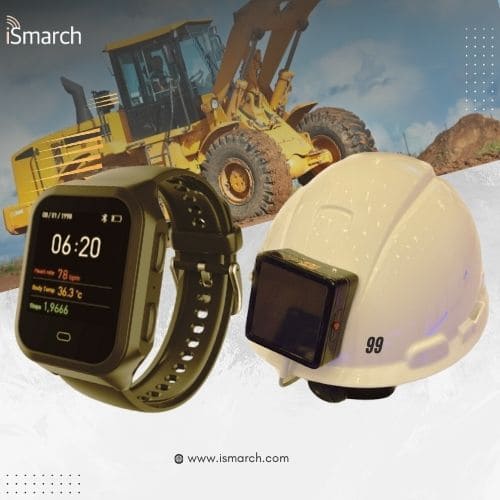
Comparing LoRaWAN Temperature Sensors and Wearable Technology for Comprehensive Oil and Gas Safety
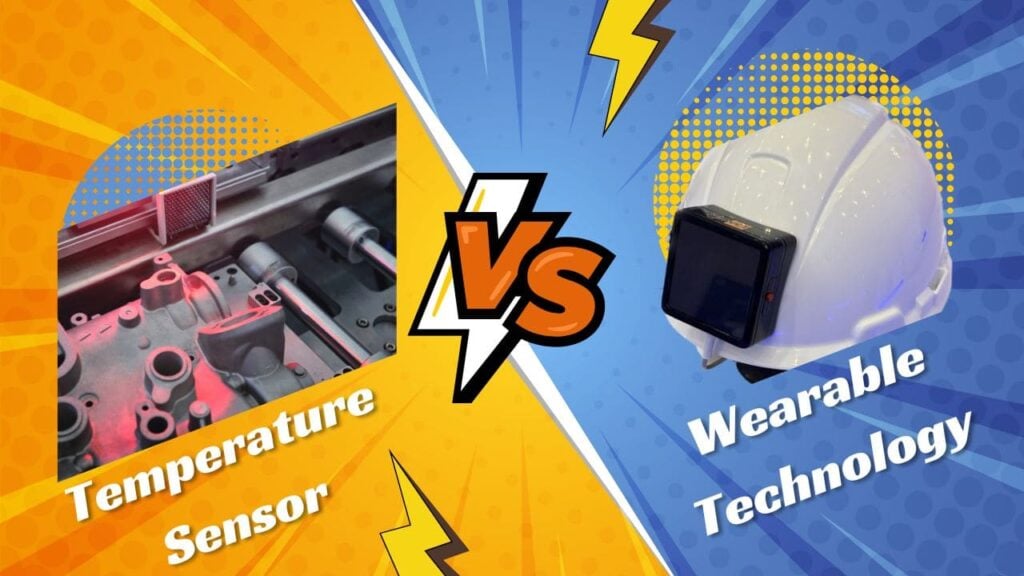
Complementary Technologies
LoRaWAN temperature sensors und wearable technology serve different but complementary roles in ensuring safety in oil and gas operations. While temperature sensors are primarily used for monitoring environmental and equipment conditions—such as pipelines, storage tanks, and critical machinery—wearable technology focuses on safeguarding worker health and well-being. By addressing both equipment and worker safety, these technologies create a more comprehensive and proactive safety system.
Equipment vs. Human Safety
Temperature sensors are designed to monitor changes in equipment and environmental conditions that could lead to hazardous situations, such as overheating or potential leaks. On the other hand, wearable technology, like our J3 Smartwatch und intelligenter Helm, is aimed at monitoring human health metrics including SpO2-Werte, Herzfrequenz, Körpertemperaturund fatigue. Wearables are also equipped with features like Sturzerkennung und emergency SOS, which allow for immediate response to worker accidents. Together, these devices address the dual needs of equipment integrity und human safety.
Case for Integration
Integrating temperature sensors und wearable technology provides a holistic safety solution for oil and gas companies. Temperature sensors help maintain the integrity of equipment, while smart wearables ensure workers’ health is constantly monitored. For example, when temperature sensors detect an anomaly, alerts can be combined with wearable data to provide context—such as the location of nearby workers or their health status. This combined data allows companies to make informed, timely decisions, minimizing both worker risk und equipment failure. Integration also supports compliance with stringent safety regulations, ensuring both worker safety and asset reliability are maintained effectively.
Benefits of Integrating LoRaWAN Temperature Sensors and Wearable Technology in Oil and Gas Safety
Comprehensive Monitoring
The integration of LoRaWAN temperature sensors und intelligente Wearables provides a holistic approach to safety by monitoring both environmental factors und worker health. Temperature sensors continuously track critical equipment and environmental conditions, while smart wearables like the J3 Smartwatch und intelligenter Helm provide real-time health data for workers. This comprehensive monitoring ensures that all aspects of the operation are covered, reducing the likelihood of accidents due to either environmental or health-related issues.
Data Synergy
By combining data from temperature sensors und wearables, companies can gain actionable insights that lead to more proactive safety measures. For instance, temperature anomalies detected by sensors can be cross-referenced with worker health metrics, enabling supervisors to make informed decisions to mitigate risks. This data synergy provides a deeper understanding of both equipment and human factors, allowing for predictive maintenance and better safety outcomes.
Operational Efficiency and Compliance
An integrated safety system that includes both temperature sensors und wearables helps ensure regulatory compliance by providing comprehensive data on both environmental conditions and worker health. This data-driven approach not only helps meet compliance standards but also reduces downtime through proactive interventions. By monitoring equipment conditions and worker health simultaneously, companies can optimize operational efficiency, ensuring both worker safety and uninterrupted production.
Integrationsleitfaden Übersicht für Öl- und Gasprojekte
Um die Vorteile des Programms voll auszuschöpfen J3 Smartwatch und intelligenter HelmEs ist wichtig zu verstehen, wie diese Geräte in breitere Sicherheits- und Überwachungssysteme für Öl- und Gasprojekte integriert werden können. Unsere Wearables sind so konzipiert, dass sie sich nahtlos in bestehende LoRaWAN-Netze und andere IoT-Infrastrukturen, um eine vollständige Sicherheitslösung zu schaffen.
How Our Smart Wearables and LoRaWAN Temperature Sensors Create a Holistic Oil and Gas IoT Safety System
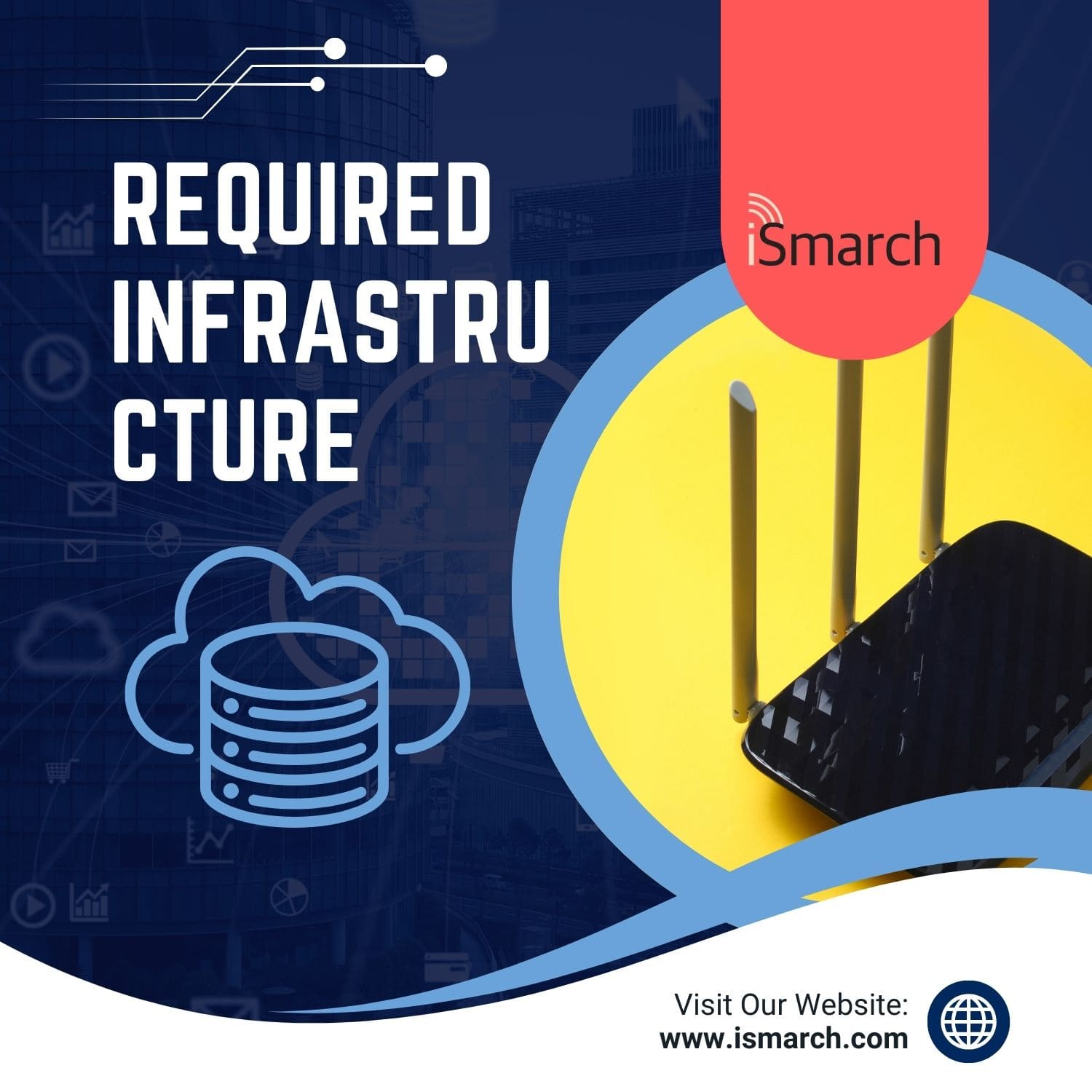
Easy Integration with Existing LoRaWAN Networks
Unser J3 Smartwatch und intelligenter Helm are designed to seamlessly integrate into existing LoRaWAN infrastructures. These wearables can easily connect to LoRaWAN-Gateways, enabling a unified safety monitoring system for both workers and equipment. By utilizing the LoRaWAN network, our devices can transmit real-time health and environmental data over long distances, ensuring continuous monitoring even in remote oil and gas sites.
Open Device for Customization
Our wearables support with offenes Geräte, which allows for extensive firmware and UI customization. Companies can adapt the devices to meet their specific needs, whether that involves adding custom health alerts, task management features, or integrating unique safety workflows. This flexibility ensures that our wearables can be tailored to fit the operational requirements of each oil and gas project, enhancing their effectiveness in improving safety outcomes.les are built for flexibility.
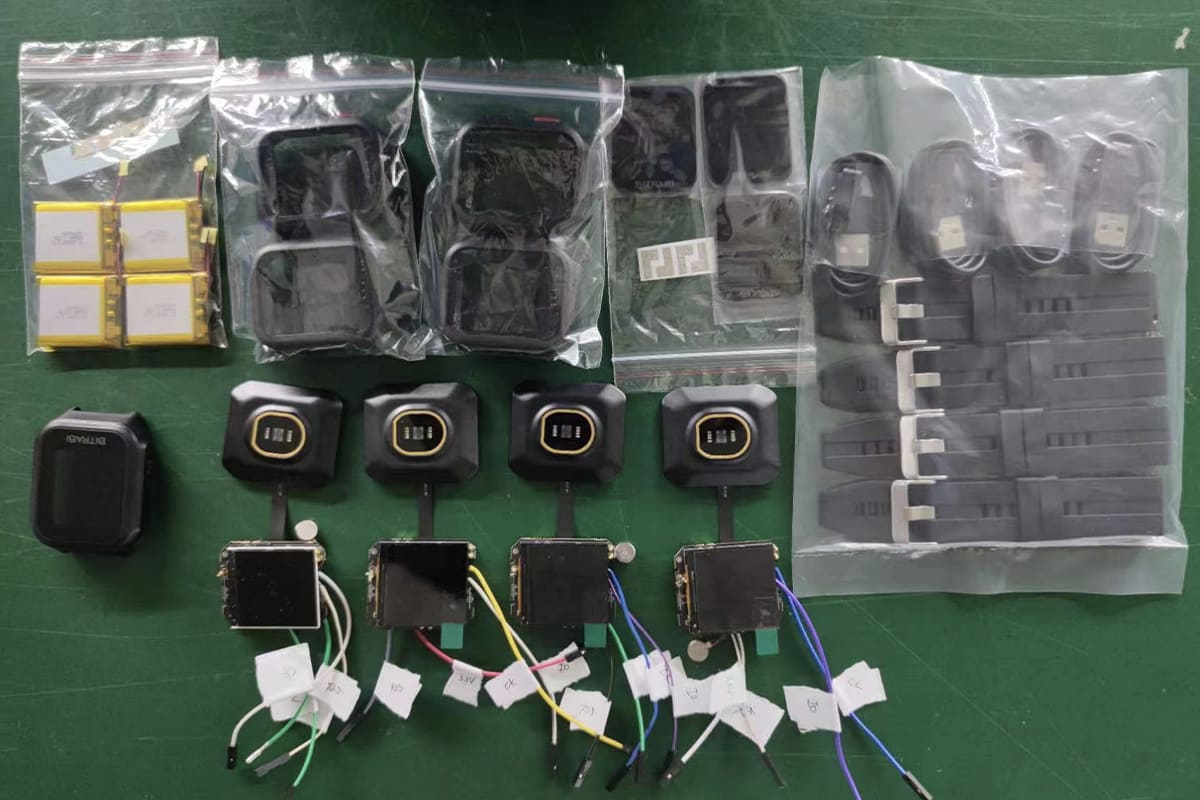

Real-World Example
Imagine an oil and gas company that deploys LoRaWAN temperature sensors to monitor pipeline conditions, while workers wear J3 Smartwatches und smart helmets. In one scenario, a temperature sensor detects an anomaly, such as an increase in temperature along a section of the pipeline. The data is instantly transmitted to the monitoring center, where it is cross-referenced with data from the wearables. Supervisors can identify if any workers are near the affected area and assess their health metrics in real time. This integrated approach not only helps in responding to the equipment issue but also ensures worker safety by providing immediate alerts and health assessments, leading to a coordinated and efficient response that minimizes both equipment downtime and human risk.
Anpassungsoptionen und offenes Gerät
Unser J3 Smartwatch und intelligenter Helm bieten ein hohes Maß an Anpassungsfähigkeit, so dass Unternehmen diese Geräte auf die spezifischen Anforderungen ihrer Öl- und Gasprojekte zuschneiden können. Diese Flexibilität macht unsere Wearables zur idealen Lösung für eine breite Palette von Sicherheits- und Betriebsanforderungen.
Firmware-Anpassung
Die Kunden können die Firmware an ihre individuellen Betriebsziele anpassen. Dazu gehört das Hinzufügen von Funktionen wie Aufgabenmanagement, benutzerdefinierte Warnmeldungen oder Downlink-Befehle zur direkten Kommunikation mit den Mitarbeitern. Durch die Anpassung der Firmware können Unternehmen die Geräte an ihre eigenen Arbeitsabläufe anpassen und sicherstellen, dass alle Sicherheitsprotokolle eingehalten werden.
UI-Anpassung
Die Benutzeroberfläche (UI) der J3-Smartwatch kann an die jeweiligen betrieblichen Anforderungen angepasst werden. Unternehmen können maßgeschneiderte Interaktionen und Arbeitsabläufe entwerfen, um die Smartwatch für die Mitarbeiter einfacher zu bedienen und gleichzeitig sicherzustellen, dass wichtige Informationen klar und effektiv angezeigt werden. Die Anpassung der Benutzeroberfläche trägt dazu bei, die Kommunikation zu optimieren und die Effizienz zu steigern, indem die Schnittstelle an spezifische Projektanforderungen angepasst wird.
Kommunikation in Echtzeit
Die J3-Smartwatch unterstützt Echtzeitkommunikation und ermöglicht es Unternehmen, Befehle, Warnungen und Aufgaben direkt an die Mitarbeiter zu senden. Diese Funktion stellt sicher, dass alle Teammitglieder mit wichtigen Informationen auf dem Laufenden gehalten werden, auch an abgelegenen Standorten. Echtzeit-Kommunikation kann in Notfallsituationen von entscheidender Bedeutung sein, damit die Mitarbeiter schnell Anweisungen erhalten und sicher bleiben.
Nahtlose Integration
Unsere Geräte sind so konzipiert, dass sie nahtlos mit bestehenden Sicherheitssystemen zusammenarbeiten und leicht in größere IoT-Netzwerke integriert werden können. Das offene Gerät stellt sicher, dass die Wearables angepasst und mit verschiedenen Arten von Infrastrukturen verbunden werden können, um eine umfassende Lösung zu bieten, die skaliert oder an spezifische Projektanforderungen angepasst werden kann.
Why Choose Our Smart Wearables and LoRaWAN Solutions for Your Oil and Gas Project?
Professioneller Hersteller mit jahrzehntelanger Erfahrung
We are a China-based manufacturer with over a decade of experience in producing high-quality, industry-grade smart wearables. Our expertise in IoT devices and dedication to innovation make us a trusted partner for oil and gas companies looking for reliable and effective safety solutions.
Reliable Components
Our products are built using premium components, such as high-accuracy PPG sensors for precise health metric readings and GPS modules for accurate positioning. These components ensure the reliability of our wearables in demanding environments, providing consistent and actionable data to improve worker safety.
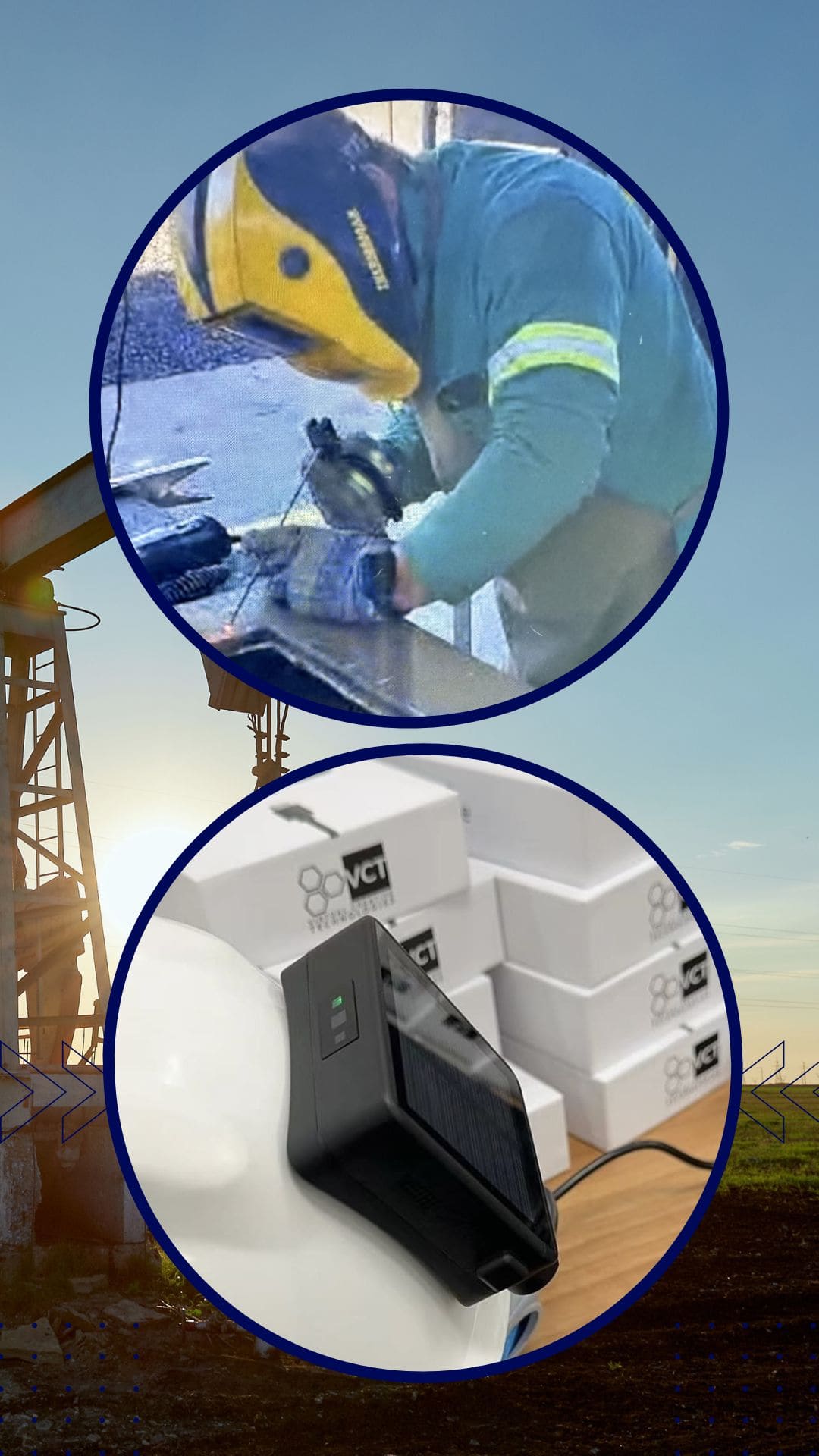
Customer Support and Customization
We are committed to providing comprehensive support to our customers, from initial consultation to deployment. Our open platform allows for extensive customization of firmware and UI, enabling companies to adapt our wearables to meet their specific project requirements. Whether it’s adding custom alerts or integrating unique safety workflows, we work closely with our clients to deliver tailored solutions that enhance operational safety and efficiency.
Nahtlose Integration mit LoRaWAN-Netzwerken und Systemen von Drittanbietern
Unsere Wearables sind so konzipiert, dass sie sich problemlos in bestehende LoRaWAN-Netzwerke und andere Systeme von Drittanbietern integrieren lassen und eine vollständige und skalierbare Sicherheitslösung bieten. Diese nahtlose Integration ermöglicht die Datenübertragung in Echtzeit und erhöht die Sicherheit der Mitarbeiter und die betriebliche Effizienz.
FAQ
Damit Sie unsere J3 Smartwatch- und Smarthelm-Lösungen für Öl- und Gasprojekte besser verstehen, finden Sie hier Antworten auf einige der am häufigsten gestellten Fragen:
Wearables and temperature sensors work together to create a comprehensive safety net. Temperature sensors monitor the environment and equipment to detect potentially hazardous conditions, while wearables monitor worker health metrics and ensure real-time communication. Together, they provide both equipment and worker safety, allowing for a proactive response to both environmental and health-related risks.
LoRaWAN technology is ideal for oil and gas operations because of its long-range connectivity, low power consumptionund reliable data transmission in remote areas. These features make it suitable for monitoring extensive industrial sites where traditional connectivity options are limited. LoRaWAN ensures that both environmental und worker health data can be transmitted seamlessly to supervisors, improving safety and operational efficiency.
Unser J3 Smartwatch und intelligenter Helm are built on an open platform that allows for extensive customization. Companies can modify the Firmware und user interface to suit their unique project needs, including adding custom alerts, Downlink-Befehleund specific health metrics. This flexibility enables our wearables to be adapted to fit different operational requirements, providing a tailored solution for each project.
Yes, our J3 Smartwatch und intelligenter Helm are designed to integrate seamlessly into existing safety infrastructures. They can be connected to LoRaWAN-Netze, temperature sensors, and other IoT devices, allowing for a unified approach to safety monitoring. Our devices are compatible with various industry standards, ensuring easy integration and enhanced safety coverage for both equipment and workers.
Kontakt
Ready to take your oil and gas safety systems to the next level? Reach out to us for a personalized consultation.
